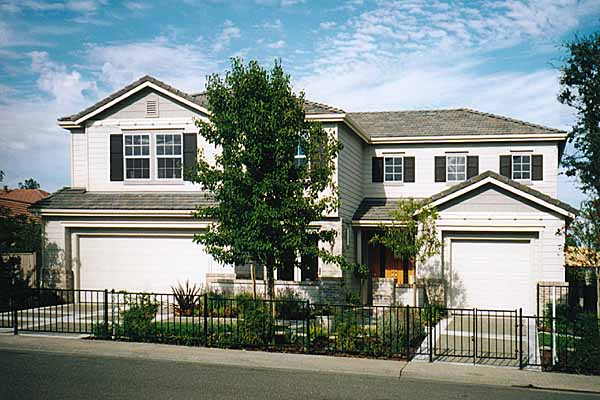FINANCIAL STRUCTURE
Optimal Capital Structure
The financial structure of a real estate investment encompasses the blend of equity and debt utilized to finance the acquisition of assets. Striking an optimal capital structure is pivotal, as it can influence the investment's risk profile, cost of capital, and potential for returns.
Risk and Return Dynamics
The financial structure directly impacts the risk and return dynamics of real estate investments. A higher proportion of debt can amplify returns through leverage, but it also escalates the risk exposure. Conversely, a greater reliance on equity may lower risk but could limit the potential for amplified returns.
Balancing Risk and Leverage
Achieving an optimal financial structure involves balancing risk and leverage. Understanding the implications of different capital structures is crucial for investors, as it enables them to align their financing approach with their risk tolerance and investment objectives.
Conclusion
In conclusion, the financial structure of real estate investments plays a pivotal role in shaping their risk-return profile and overall financial viability. By carefully considering the mix of equity and debt in the purchase price of assets, investors can tailor their capital structure to align with their risk appetite and financial goals. Striking a harmonious financial structure is essential for optimizing the performance and sustainability of real estate investments in the dynamic and competitive real estate market.
How does the financial structure impact real estate investment risk?
What are the potential drawbacks of a high debt-to-equity ratio?
What are the potential drawbacks of a high debt-to-equity ratio?
How can investors align capital structure with risk tolerance?
MORE REAL ESTATE TERMS
A, B, C, D, E, F, G, H, I, J, K, L, M, N, O, P, Q, R, S, T, U, V, W, X, Y, Z
Featured New Home

Featured Mortgage Brokers
- M AND T BANK, CHEEKTOWAGA, NY
80 HOLTZ DR STE 2
CHEEKTOWAGA, NY 14225 - MOVEMENT MORTGAGE LLC, FREDERICKSBURG, VA
4920 SOUTHPOINT DR
FREDERICKSBURG, VA 22407 - CARRINGTON MORTGAGE SERVICES LLC, SANTA ANA, CA
1610 E SAINT ANDREW PL STE B-1
SANTA ANA, CA 92705 - WESTSTAR MORTGAGE CORP, TUMWATER, WA
2620 R W JOHNSON RD SW # 104
TUMWATER, WA 98512 - EVERETT FINANCIAL INC, ORANGE BEACH, AL
25910 CANAL RD STE N
ORANGE BEACH, AL 36561